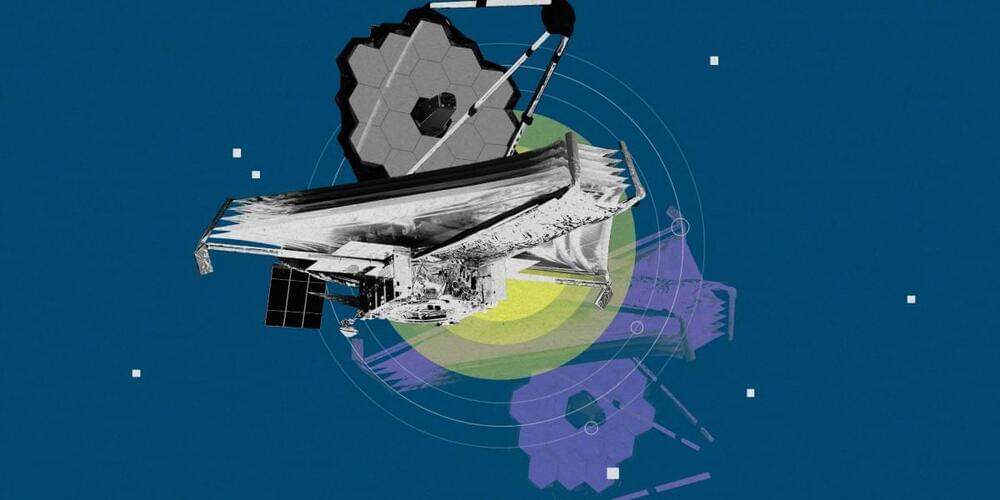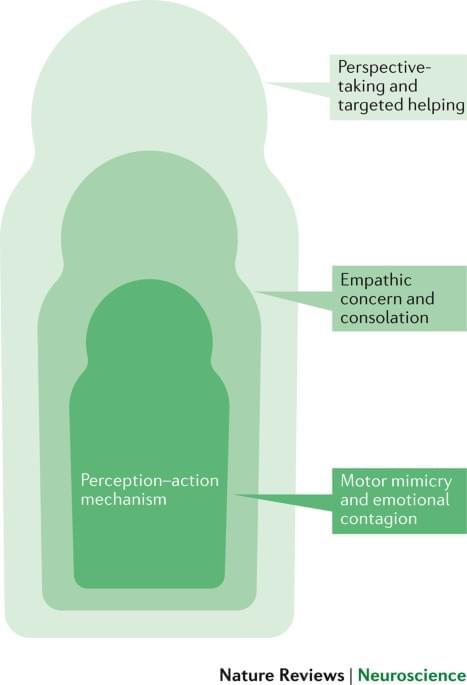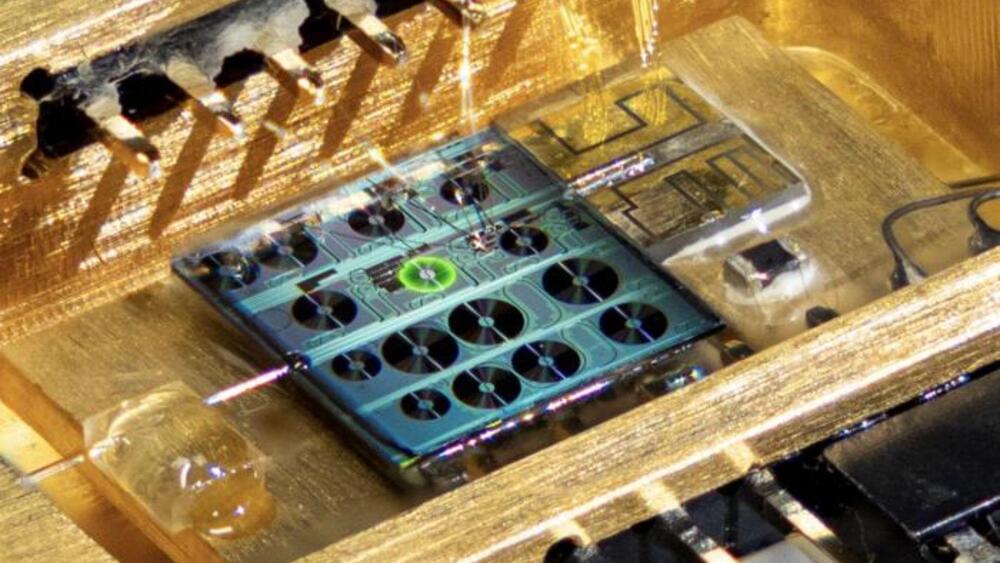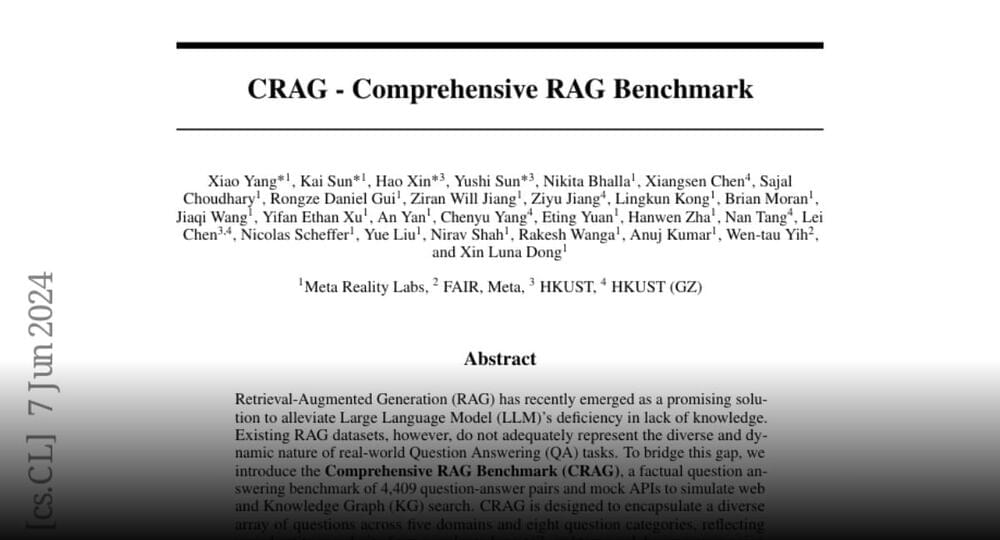Around two million years ago, Earth was a very different place, with our early human ancestors living alongside saber-toothed tigers, mastodons, and enormous rodents. And, depending on where they were, they may have been cold: Earth had fallen into a deep freeze, with multiple ice ages coming and going until about 12,000 years ago.
Scientists theorize that ice ages occur for a number of reasons, including the planet’s tilt and rotation, shifting plate tectonics, volcanic eruptions, and carbon dioxide levels in the atmosphere. But what if drastic changes like these are not only a result of Earth’s environment, but also the sun’s location in the galaxy?
In a new paper published in Nature Astronomy, lead author and astrophysicist Merav Opher—an astronomy professor at Boston University and fellow at Harvard Radcliffe Institute— found evidence that some two million years ago, the solar system encountered an interstellar cloud so dense that it could have interfered with the sun’s solar wind. Opher and her co-authors believe this shows that the sun’s location in space might shape Earth’s history more than previously considered.








